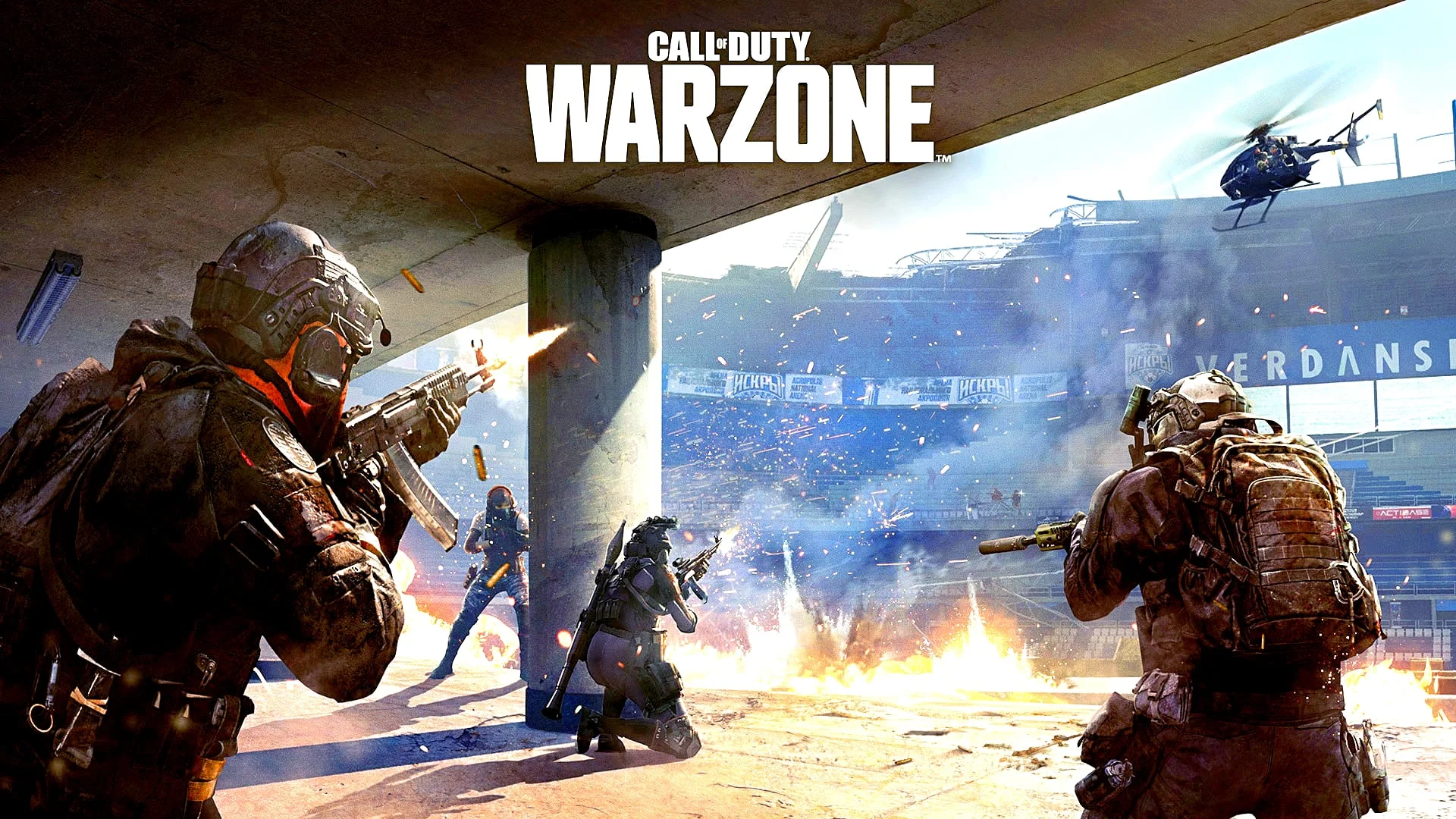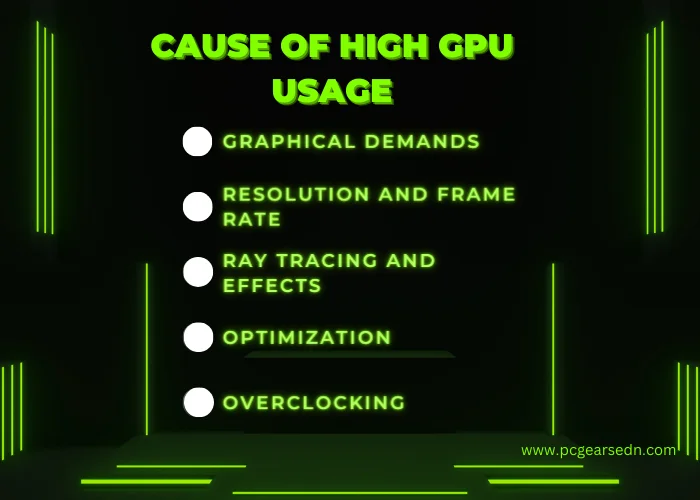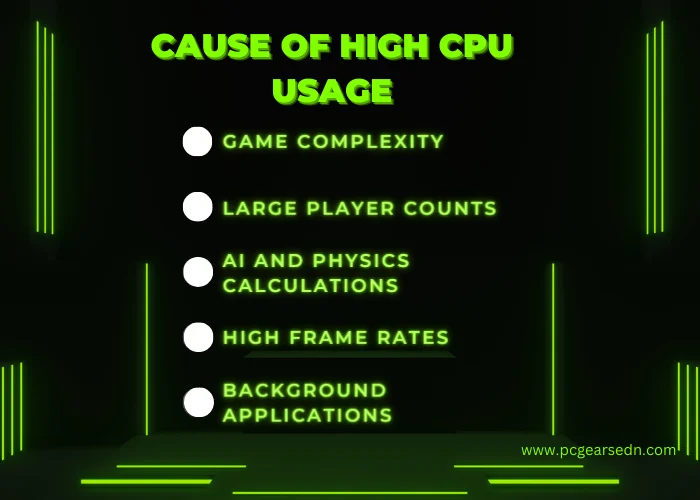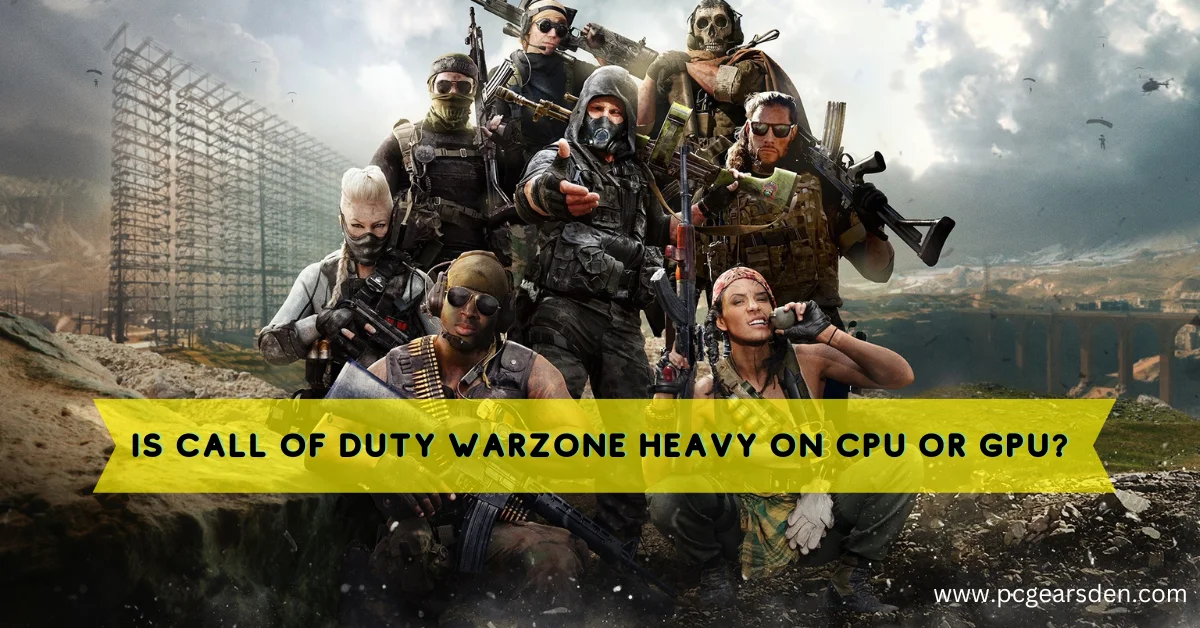If you’re a passionate gamer, you’re likely familiar with the intense and action-packed world of Call of Duty Warzone. This battle royale game has taken the gaming community by storm, but one common question that often arises is: Is Call of Duty Warzone heavy on the CPU or GPU? Let’s dive into the intricate world of gaming hardware and discover how this game places demands on your computer’s central processing unit (CPU) and graphics processing unit (GPU).
Understanding the Basics

Call of Duty Warzone is a free-to-play battle royale game that immerses players in fast-paced combat within a massive open-world environment. It’s a visual spectacle, featuring stunning graphics, realistic environments, and intense action.
To understand the game’s resource requirements, we need to grasp the roles of the CPU and GPU. The CPU handles tasks like AI processing, physics calculations, and game logic, while the GPU is responsible for rendering graphics, textures, and visual effects.
Minimum System Requirements
| Component | Minimum Requirements |
|---|---|
| Operating System | Windows 10 64 Bit (latest update) |
| CPU | Intel Core i3-4340 or AMD FX-6300 |
| RAM | 8 GB |
| Graphics Card | NVIDIA GeForce GTX 670 / NVIDIA GeForce GTX 1650 or AMD Radeon™ |
| Storage | 175GB HD space |
Recommended System Requirements
| Component | Recommended Requirements |
| Operating System | Windows 10 64 Bit (latest update) |
| CPU | Intel Core i5-2500K or AMD Ryzen R5 1600X |
| RAM | 12 GB |
| Graphics Card | GeForce GTX 970 or GeForce GTX 1660 |
| Storage | 175GB HD space |
Warzone Heavy on CPU or GPU?
While both the CPU and GPU play significant roles in Call of Duty Warzone, it’s safe to say that the game is relatively heavier on the GPU. Call of Duty Warzone is a GPU-intensive game, but it also necessitates a powerful CPU to avoid bottlenecking. The visuals in Warzone are stunning, and a powerful graphics card is necessary to fully appreciate them. Investing in a high-performance GPU will allow you to play the game at higher resolutions and settings, resulting in a more immersive experience.
Warzone, like most games these days, requires more GPU power than CPU power. A powerful GPU is required if you wish to play the game at high settings with consistently high FPS.
In general, the balance between CPU and GPU requirements varies from game to game. Some games are more CPU-bound, while others are more GPU-bound. Competitive shooters like Warzone tend to be more GPU-bound because of their emphasis on visuals and fast-paced action.
What Causes High GPU Usage?

- Graphical Demands: Call of Duty: Warzone’s graphics are demanding, requiring a powerful GPU to render detailed textures, lighting, and effects. Higher in-game graphics settings can significantly increase GPU usage.
- Resolution and Frame Rate: Playing at higher resolutions or aiming for high frame rates increases the workload on the GPU. This results in higher GPU usage as it processes more graphical data to maintain smooth visuals.
- Ray Tracing and Effects: Enabling features like ray tracing and high-quality visual effects can place additional stress on the GPU, leading to higher usage for a more immersive experience.
- Optimization: In some cases, GPU usage can be affected by the game’s optimization or driver compatibility. Keeping GPU drivers up to date and adjusting in-game settings can help optimize performance.
- Overclocking: Overclocking the GPU can boost performance but may also lead to higher GPU usage and increased heat generation. Ensure that overclocking settings are stable and well-tuned.
Does Warzone also need High CPU Usage?
However, having a powerful GPU alone will not be enough, in fact you will also require a good CPU that can keep up with the GPU and prevent bottlenecking. If you’re seeking to upgrade or build a new PC for Warzone, the GPU should take up the majority of your budget, but you need also invest for a powerful CPU and fast RAM.
Due to the game’s poor optimization, high CPU utilization in Warzone can be caused by a variety of factors. Many folks experience excessively high CPU utilization and wonder what the issue is. The following are the most common causes of excessive CPU utilization in Warzone.

- Game Complexity: Call of Duty: Warzone features intricate maps, detailed textures, and complex physics simulations. These elements demand significant CPU processing power to render, resulting in high CPU usage.
- Large Player Counts: Warzone often hosts large-scale multiplayer battles, with many players on the same map. Managing player movements, actions, and interactions in real-time requires substantial CPU resources.
- AI and Physics Calculations: The game’s AI-driven elements, including non-player characters (NPCs) and environmental interactions, rely on CPU calculations. These tasks can contribute to high CPU usage during gameplay.
- High Frame Rates: Players often aim for high frame rates to achieve smoother gameplay. Achieving these frame rates requires the CPU to process a vast amount of graphical data and player inputs, increasing CPU usage.
- Background Applications: Running background applications or processes alongside Warzone can divert CPU resources from the game. Streaming, voice chat, or other software running simultaneously can strain the CPU.
How To Fix High CPU and GPU Usage In Warzone
High CPU and GPU usage in Warzone is not always a problem if you are not experiencing performance issues such as lagging, freezing, or crashing. Because Warzone is a complicated game, high CPU and GPU consumption is not uncommon. However, If you are having troubles, the following are the best things to do:
- Lower Graphics Settings: Reduce in-game graphics settings to alleviate the load on both CPU and GPU. Lowering settings like texture quality, shadows, and anti-aliasing can significantly improve performance.
- Update GPU Drivers: Ensure your graphics card drivers are up-to-date. Manufacturers often release driver updates that optimize performance for specific games, including Warzone.
- Disable Background Applications: Close unnecessary background applications and processes running on your computer. This frees up system resources for Warzone and can reduce CPU and GPU usage.
- Monitor Temperatures: Overheating can lead to high CPU and GPU usage. Use monitoring software to check your hardware temperatures. Cleaning dust from fans and ensuring proper cooling can help prevent overheating.
- Optimize Windows Power Settings: Set your Windows power plan to “High Performance” to allow your CPU and GPU to run at maximum capacity when needed. This can improve overall gaming performance.
Certainly, here’s a table of recommended FPS (Frames Per Second) settings for playing Call of Duty: Warzone based on different scenarios and preferences.
| Scenario | Frame Rate Setting | Graphics Quality |
|---|---|---|
| Competitive Gaming (High FPS) | 144-240 FPS | Low to Medium |
| Balanced Performance | 60-120 FPS | Medium to High |
| Visual Quality (Lower FPS) | 30-60 FPS | High to Ultra |
| Low-End Hardware | 30 FPS (Cap) | Low |
| Console Gaming | Console Defaults | Preset Console Settings |
Please remember that these are general guidelines, and the ideal settings may vary depending on your hardware and personal preferences.
Recommended CPUs For Warzone
Even though the game is primarily dependent on the GPU, a decent CPU is required to play Warzone. Here are the CPUs we recommend for Call of Duty Warzone to get 60+ FPS on high settings at all resolutions:
1080p Resolution:
- Intel Core i3-6100
- AMD Ryzen 3 1200
1440p Resolution:
- Intel Core i5-2500K
- AMD Ryzen R5 1600X
4K Resolution:
- Intel Core i5-2500K
- AMD Ryzen R5 1600X
These CPUs are recommended for different resolutions to ensure smooth gameplay and optimal performance while playing Call of Duty: Warzone. It’s essential to have a balanced system to fully enjoy the game at your desired resolution.
Recommended GPUs For Warzone
The GPU is the most critical component of practically any PC build, especially for a game like Warzone. Here are the Call of Duty Warzone GPUs we recommend for 60+ FPS on high settings at all resolutions:
1080p Resolution:
- NVIDIA GeForce GTX 1660
- AMD Radeon RX 580
1440p Resolution:
- NVIDIA GeForce RTX 3060
- AMD Radeon RX 6700 XT
4K Resolution:
- NVIDIA GeForce RTX 3080
- AMD Radeon RX 6900 XT
Once again, these GPUs are recommended for different resolutions to ensure smooth gameplay and optimal performance while playing Call of Duty: Warzone. It’s essential to have a balanced system to fully enjoy the game at your desired resolution.
Our Thoughts
Call of Duty Warzone requires a robust gaming system with both a capable CPU and GPU. While it does lean more towards being GPU-heavy due to its stunning visuals, a balanced setup is essential for the best gaming experience. So, when you’re gearing up for intense battles in Warzone, ensure that your hardware is up to the challenge.
Remember that the gaming experience also depends on other factors like RAM, storage, and cooling solutions. So, keep your entire setup in mind as you embark on your Warzone adventures.
FAQs
Q: Upgrading My GPU Worth It for Better Warzone Performance?
Yes, upgrading your GPU can significantly improve Warzone’s performance, especially if you aim for higher graphics settings and resolutions. A powerful GPU can enhance visuals and provide a smoother gaming experience.
Q: How Can I Check if My CPU or GPU Is Bottlenecking in Call of Duty Warzone?
To check for bottlenecks, monitor your CPU and GPU usage while playing Warzone. If one component consistently hits 100% usage while the other remains below, it may indicate a bottleneck. Balancing your hardware can help alleviate this issue.
Q: Does Overclocking My CPU or GPU Improve Warzone Performance?
Overclocking your CPU or GPU can potentially boost performance in Warzone. However, it’s essential to do so cautiously and ensure your system is adequately cooled to prevent overheating. Overclocking should be done responsibly to avoid hardware damage.
